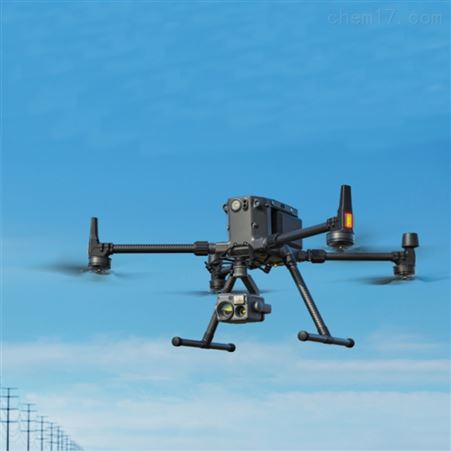In recent years, the emergence of drone killer technologies has captured the interest of tech enthusiasts, governments, and industries worldwide. These innovative solutions are designed to neutralize unmanned aerial vehicles (UAVs) with precision and efficiency, offering a vital countermeasure against potential threats posed by rogue drones. The drone killer systems play a crucial role in safeguarding sensitive areas, protecting privacy, and ensuring national security, making them indispensable in today’s digital age.

Understanding Drone Killers
Drone killers encompass a range of technologies aimed at disrupting or disabling drones, thereby preventing them from completing their intended missions. These solutions vary from jammers, which interrupt communication between the drone and its operator, to more sophisticated systems such as lasers and nets that physically capture or destroy the UAV. Their development is driven by two main factors: the increasing legality and capabilities of drones worldwide, and the corresponding need for effective counter-drone measures.
Key Features of Drone Killer Technologies

- Targeting Efficiency: Modern drone killers are equipped to accurately identify and target drones amidst various environmental conditions, ensuring minimal collateral damage.
- Versatility: These systems are adaptable, capable of addressing a wide range of drone models from quadcopters to advanced UAVs.
- Portability: Many drone killing devices are designed for easy transport and deployment, making them suitable for on-the-go missions or event security.
- Automated Functions: Incorporating AI and machine learning, drone killers can autonomously assess threats and take necessary action without human intervention.
The integration of drone killer technologies in urban and rural settings raises significant considerations regarding privacy, ethical use, and regulatory frameworks. As more countries invest in these technologies, establishing robust governance mechanisms becomes paramount to balance the benefits and risks associated with them.
Applications of Drone Killers
The utilization of drone killers extends across various sectors. In the military domain, they provide essential defense against surveillance drones and potential hostile UAVs. Governments deploy these systems at key infrastructure sites such as airports and power plants to avert disruptions. Commercially, drone killers are increasingly employed at major events like concerts and sports gatherings to maintain public safety by preventing unauthorized aerial coverage.
The advancement in drone killer technology demonstrates intriguing ramifications for industries like agriculture and logistics as they adapt these systems for safeguarding valuable assets. Furthermore, critical areas such as wildlife reserves benefit from drone killer deployments to protect endangered species from external threats and unauthorized filming.
The Future of Drone Killer Technologies
Looking ahead, the field of drone killer technologies presents substantial opportunities and challenges. As UAV technology evolves, so must countermeasures to keep pace with enhanced drone features such as stealth capabilities and improved AI algorithms. Increased collaboration between governments, tech firms, and security experts will be essential to refine these technologies and ensure they are deployed responsibly.
FAQs About Drone Killer Technologies
Q: How do drone killers distinguish between a threat and a benign drone?
Drone killers often use advanced machine learning algorithms and radar systems to assess UAVs, distinguishing between valuable assets and potential threats based on predefined parameters.
Q: Are drone killers legal to use commercially?
While restrictions vary globally, drone killers are generally permissible for use in sectors that require safeguarding against unauthorized drone activity, provided they comply with national regulations and obtain necessary permissions.
Q: Can drones adapt to evade drone killer technologies?
As technology advances, drones continue to enhance their stealth and maneuvers. However, drone killer systems are simultaneously evolving, equipped with sophisticated detection and neutralization capabilities.